Click on the questions to explore more information.
What is Virtual Reality?
Virtual Reality (VR) is the use of computer technology to create a simulated environment by means of a head-mounted display (HMD). HMDs are headsets that place users inside immersive experiences and allow them to interact with 3D worlds. The VR experience stimulates senses such as vision, hearing and touch.
What is the difference between AR, MR, and VR?
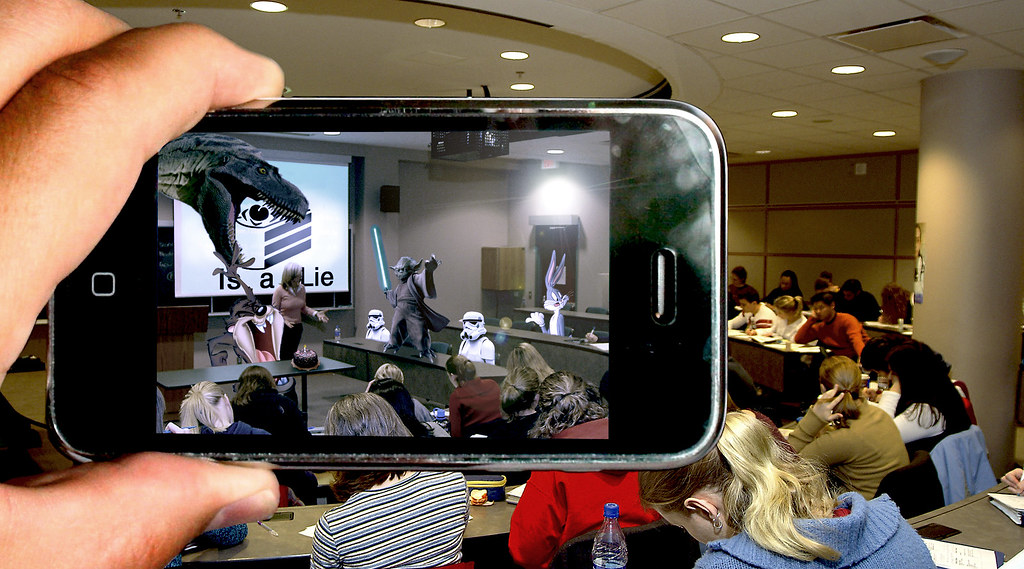
Augmented Reality (AR) technology uses a real-world setting and allows users to control their presence in the virtual world. It can be accessed through a smartphone or tablet but is not mounted to the head.
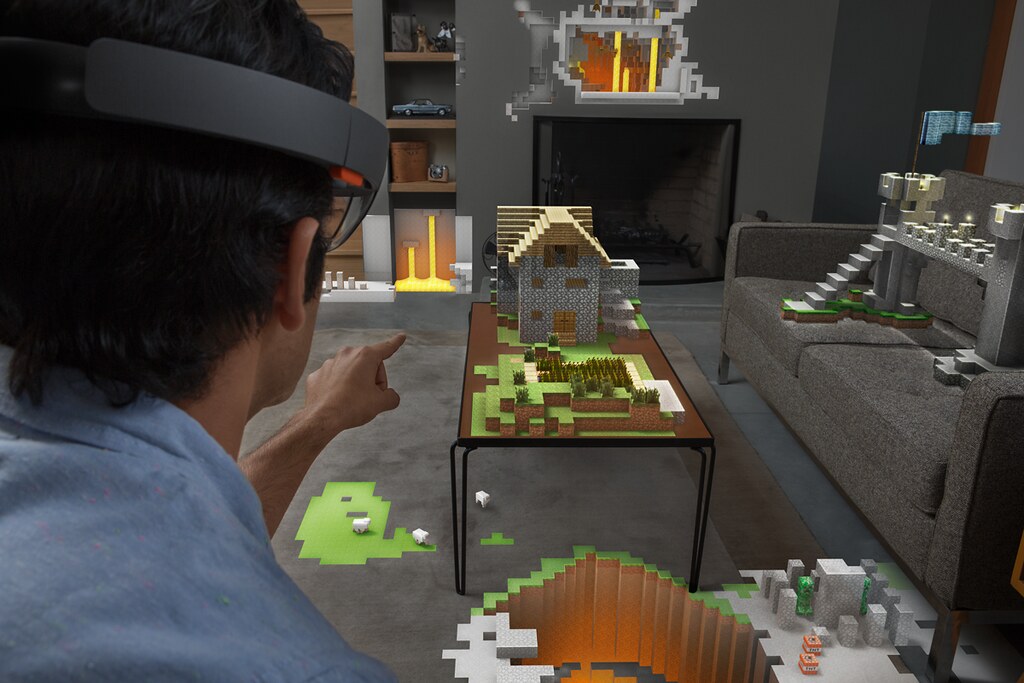
Mixed Reality (MR) is sometimes referred to as hybrid reality. MR merges the real and virtual worlds to produce new environments and visualizations where the physical and digital objects co-exist and can interact in real time. This technology requires a HMD to integrate virtual components into a real-world setting.
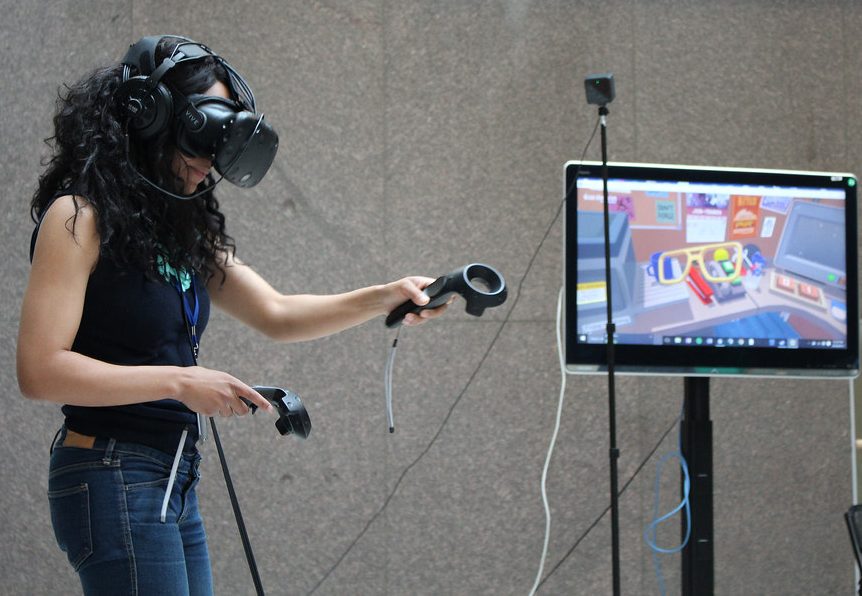
Virtual Reality (VR) creates experiences which are fully immersive in a virtual world and requires a HMD. It uses additional technical components like sensors, headsets, haptics, and computers to enhance a fictional reality and to create virtual worlds.
Why should I integrate Virtual Reality into my classroom?
With complete immersion in VR, students can forget they are in the classroom and find themselves immersed in the virtual learning practice, therefore reducing the effects of being monitored and anxiety, while minimizing distractions and increasing engagement (Oh, 2018). VR can provide experiences for students to explore and travel to places where they may not normally go, thus bridging the participation gap common in traditional learning environments. Additionally, VR can add to learning 21st century skills for the modern and future working environments, such as content learning and practice (Kamińska et al., 2019), enhancing motor skills (hand and eye coordination), enhancing comprehension skills, increasing social skills (Kellems et al., 2020), gamification of learning, developing critical thinking skills, and igniting inquiry and interest (Hanson & Shelton, 2008). In addition to providing an enhanced learning experience, VR also has the ability to improve inclusive education for students who have learning disabilities. Some VR programs and games are designed with specific attention to include or amplify learning for special education to support their distinct learning needs (Cai, Y., & Cao, Q.,2021).
What are the benefits of students learning through Virtual Reality?
To date, VR has demonstrated various benefits in education. Mouza & Lavigne (2013) highlight VR’s positive effects on the intrinsic motivation of students by personalizing and adapting the game challenge to each user’s skill level via AI algorithms, sparking curiosity through scaffolding, providing student autonomy to give the player a sense of “control” and ownership, and providing an outlet of fantasy that invites students to use their imagination.
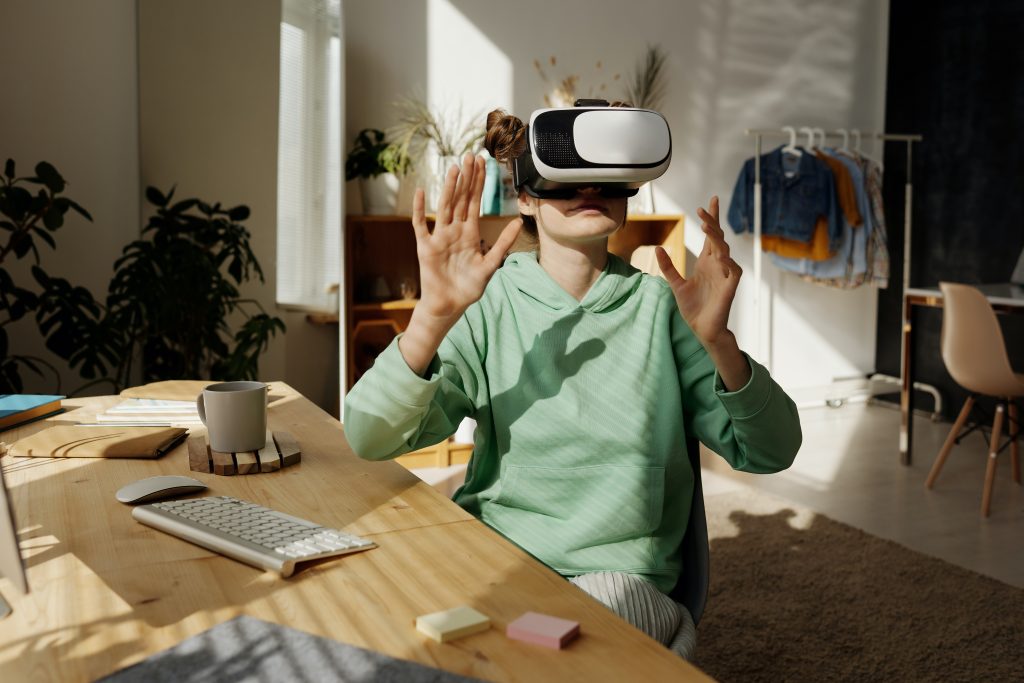
Learning engagements are enhanced through a flipped classroom model where the learning comes from participation in life-like scenarios or interactions with virtual world characters or objects. Cognitive participation is also enhanced by the students putting forth effort, gaining confidence, increasing competence and setting goals. Lastly, emotional participation is achieved through feeling a sense of belonging, developing interest, and curiosity (Fredricks et al., 2004). Studies have also shown that the kinesthetic engagement component of VR experiences has a positive effect on cognitive retention (Machado, 2018). VR also provides the opportunity to practice skills and experience activities that may be otherwise dangerous in real life. Together, these elements of VR make for an effective learning experience that is valuable and difficult to recreate in a traditional classroom.
Game-Based Learning – Is there more to VR other than playing games?
Yes! As we move further into a digital era, students are becoming interested in programming and game development. Virtual Reality offers opportunities for constructionist game development, where students can use programs like Unity or FrameVR to construct their own VR experiences. This encourages many relevant skills which are applicable to modern work focus and encourages growth in coding, logical processing skills, problem solving, collaboration, and creative thinking among many other benefits (Huang et. al., 2010).
What are the challenges to VR integration?
New educational technologies are often faced with distrust from teachers due to the lack of provided professional development and integration support when new technology is introduced (Martín-Guitiérrez et al., 2016, p. 478). Time constraints further discourage educators from doing the research and set-up required to integrate VR into their practice. On the district level, technology is not a financial priority in most educational systems (Levesque, 2016), and the cost of VR tools can be daunting for large districts. Without fully understanding the many benefits of using VR in education and only associating it as the next “shiny new toy”, the realities of tight budgets and competing demands for those funds make school districts reluctant to invest in VR (“Augmented Reality”, 2017).
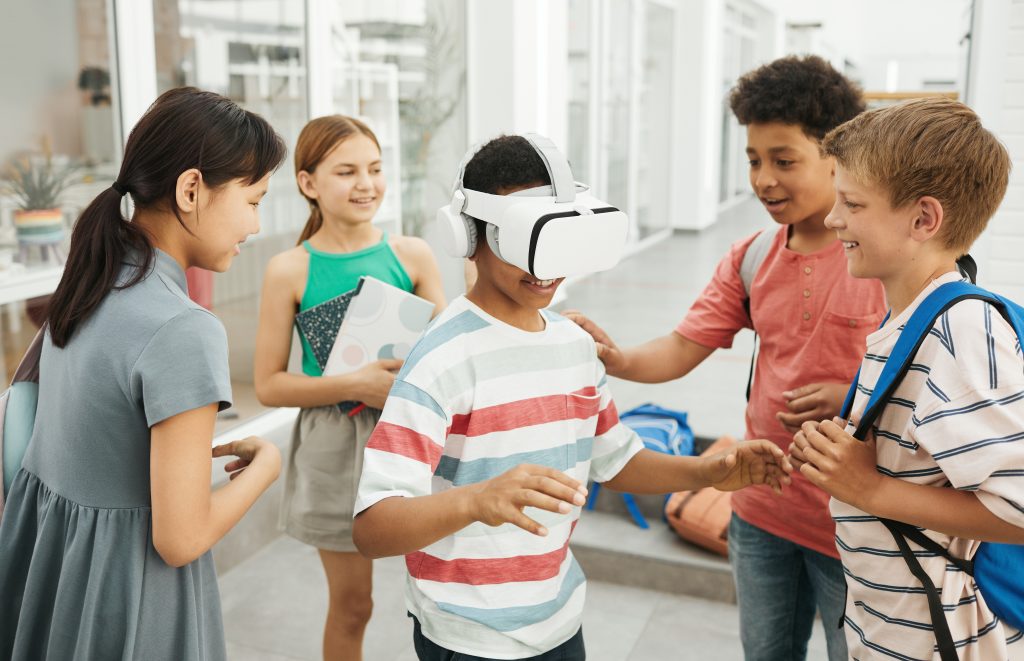
There are also physiological concerns for both young and adult learners using VR, including motion sickness, diverse physical capabilities, and sensitivity concerns. Learn about VR safety in the classroom and accommodating diverse needs on our Classroom-Set Up page.
Our goal on this website is to break the preconceived notions of VR being too educationally limited, costly, and time consuming by creating a step-by-step guide to help you navigate through everything to get started. This includes purchasing HMDs with even a low budget, setting up in your class, teaching with VR, and how to provide a rich and engaging learning experience for anyone in any age group and subject. Adding value and meaning to classroom VR experiences requires professional development for educators to be actively involved when designing virtual learning environments (Levesque, 2016).
How can I find virtual reality educational programs?

The VR programs page will provide you with a compilation of VR educational programs we have sourced with information about the type of immersive experience, suitable age group(s), type of activity, and curricular connections. Sourcing Educational Games provides guidance on choosing the right VR experience, alongside providing links to platforms where you can source your own games.
How can this website help me as an educator with my professional development in virtual reality?
With this website, we intend to inform, share, and connect with educators about VR capabilities and its value to education. This website is a one stop shop that will help you to understand the benefits of VR, different equipment, set up procedures, sponsorship opportunities, different games and programs appropriate for each age group, answer common questions, as well as provide a collaborative space for you to ask questions or contribute to the open resource. We hope that our website will help you see how VR can be easily integrated into your classroom.
How can I contribute to this community of professional development?
As you are navigating our website, there is space for you to engage in discussions with other educators and professionals through commenting on posts. We encourage you to participate in a constructive dialogue and contribute to our community of professional development. You are also invited to visit Build the Community to share VR resources or your experiences with VR in the classroom. Our goal is to build a steady community of practice for educators who currently use VR and encourage those who are just starting their journey with VR (Wenger et al., 2002, p. 4). We hope to provide a supportive platform for you to interact with other professionals and provide a place to discuss current issues and trends on an ongoing basis.
References
Cai, Y., & Cao, Q. (2021). When VR serious games meet special needs education. Springer Singapore Pte. Limited.
Fredricks, J. A., Blumenfeld, P. C., & Paris, A. H. (2004). School engagement: Potential of the concept, state of the evidence. Review of Educational Research, 74(1), 59–109. https://doi.org/10.3102%2F00346543074001059
Hanson, K & Shelton, B.E. (2008). Design and development of virtual reality: analysis of challenges faced by educators. Educational Technology & Society, 11(1), 118-131.
Kamińska, D., Sapiński, T., Wiak, S., Tikk, T., Haamer, R., Avots, E., Helmi, A., Ozcinar, C., & Anbarjafari, G. (2019). Virtual reality and its applications in education: Survey. Information, 10(10), 318. https://doi.org/10.3390/info10100318
Kellems, R. O., Charlton, C., Kversøy, K. S., & Győri, M. (2020). Exploring the use of virtual characters (avatars), live animation, and augmented reality to teach social skills to individuals with autism. Multimodal Technologies and Interaction, 4(3), 48. https://doi.org/10.3390/mti4030048
Levesque, E. M. (2016). Is virtual reality ready for school? Brookings. https://www.brookings.edu/blog/brown-center-chalkboard/2016/09/08/is-virtual-reality-ready-for-school-2/
Machado, C. D. V. (2018). Kinesthetic language learning in virtual reality. MIT Media Lab. https://www.media.mit.edu/posts/kinesthetic-language-learning-in-virtual-reality/
Martín-Gutiérrez, J., Mora, C. E., Añorbe-Díaz, B., & González-Marrero, A. (2017). Virtual technologies trends in education. Eurasia Journal of Mathematics, Science and Technology Education, 13(2), 469-486. https://doi.org/10.12973/eurasia.2017.00626a
Mouza, C., & Lavigne, N. C. (2012). Introduction to emerging technologies for the classroom: A learning sciences perspective. Emerging Technologies for the Classroom, 1–12. https://doi.org/10.1007/978-1-4614-4696-5_
Oh, C. S., Bailenson, J. N., & Welch, G. F. (2018). A systematic review of social presence: Definition, antecedents, and implications. Frontiers in robotics and AI, 5, 114. https://doi.org/10.3389/frobt.2018.00114
The EDUCAUSE Learning Initiative (ELI). (2017). Augmented Reality, Virtual Reality, and Mixed Reality.
Wenger, E., McDermott, R. A., & Snyder, W. (2002). Cultivating communities of practice: A guide to managing knowledge. Harvard business press.